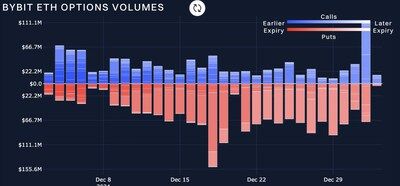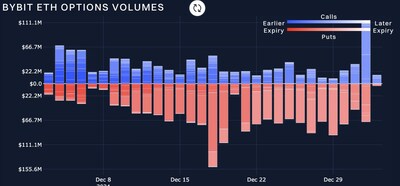Canaan Introduces Revolutionary Bitcoin Mining Heaters for Home and Personal Use in CES 2025
This post was originally published on this site
LAS VEGAS, Jan. 7, 2025 /PRNewswire/ — Canaan INC (NASDAQ: CAN), a leading blockchain hardware manufacturer, today announced the launch of the Avalon Mini 3 and Nano 3S in Las Vegas, CES. The two innovative Bitcoin mining devices are designed to democratize cryptocurrency mining for individuals and turning a home heating system into a crypto mining device.

Product Innovation
Canaan is redefining home cryptocurrency mining with two groundbreaking devices. The Avalon Mini 3, with a Hashrate of 37.5Th/s, offers a unique dual-purpose solution, combining efficient Bitcoin mining with home heating. The app-controlled operation and sleek, quiet design, provides a remarkably easy-to-use, energy-efficient solution for mining newcomers and enthusiasts.
The Avalon Nano 3S, which is upgraded from the widely-welcomed Avalon Nano 3, with a Hashrate of 6Th/s, complements this offering as an affordable, beginner-friendly Bitcoin mining device. Its compact and portable design alongside its low power consumption makes it ideal for individual users while supporting the broader goal of Bitcoin network decentralization.
Reimagining Technology Efficiency
The Avalon Mini 3 can simultaneously mine Bitcoin and warm living spaces, offering homeowners a unique way to offset energy costs and reduce environmental impact. This device gives users innovative access to heat recycling, turning the computational work of Bitcoin mining into a dual-purpose solution that provides both digital currency and home comfort.
“We are committed to making Bitcoin mining accessible to everyone,” said NG Zhang, CEO and founder of Canaan. “The Avalon Mini 3 and Avalon 3S represent our vision of user-friendly, practical mining solutions for the modern individual. We’re reimagining how technology can create value while minimizing environmental waste. The Avalon Mini 3’s ability to generate cryptocurrency while heating your home is a perfect example of our vision for sustainable, multi-purpose technology.”
Availability
Preorder Now at https://canaan.io/avalonhome
During the preorder period till the end of February 2025, the price for Avalon Nano 3S is USD249 and Avalon Mini 3 is USD899 while supplies last.
About Canaan Inc.
Canaan Inc. (NASDAQ: CAN), is a technology company focusing on ASIC high-performance computing chip design, chip research and development, computing equipment production, and software services. In 2013, under the leadership of Mr. Nangeng Zhang, founder and CEO, Canaan’s founding team shipped to its customers the world’s first batch of mining machines incorporating ASIC technology in Bitcoin’s history under the brand name Avalon.
Website: canaan.io
Media Contact: pr@canaan-creative.com
Telegram Group Official: https://t.me/Canaanio
X.com: https://x.com/canaanio
Photo – https://megastockalert.com/wp-content/uploads/2025/01/image_5030889_9405383.jpg
![]() View original content:https://www.prnewswire.co.uk/news-releases/canaan-introduces-revolutionary-bitcoin-mining-heaters-for-home-and-personal-use-in-ces-2025-302345271.html
View original content:https://www.prnewswire.co.uk/news-releases/canaan-introduces-revolutionary-bitcoin-mining-heaters-for-home-and-personal-use-in-ces-2025-302345271.html

Featured Image: depositphotos @ sdecoret
















